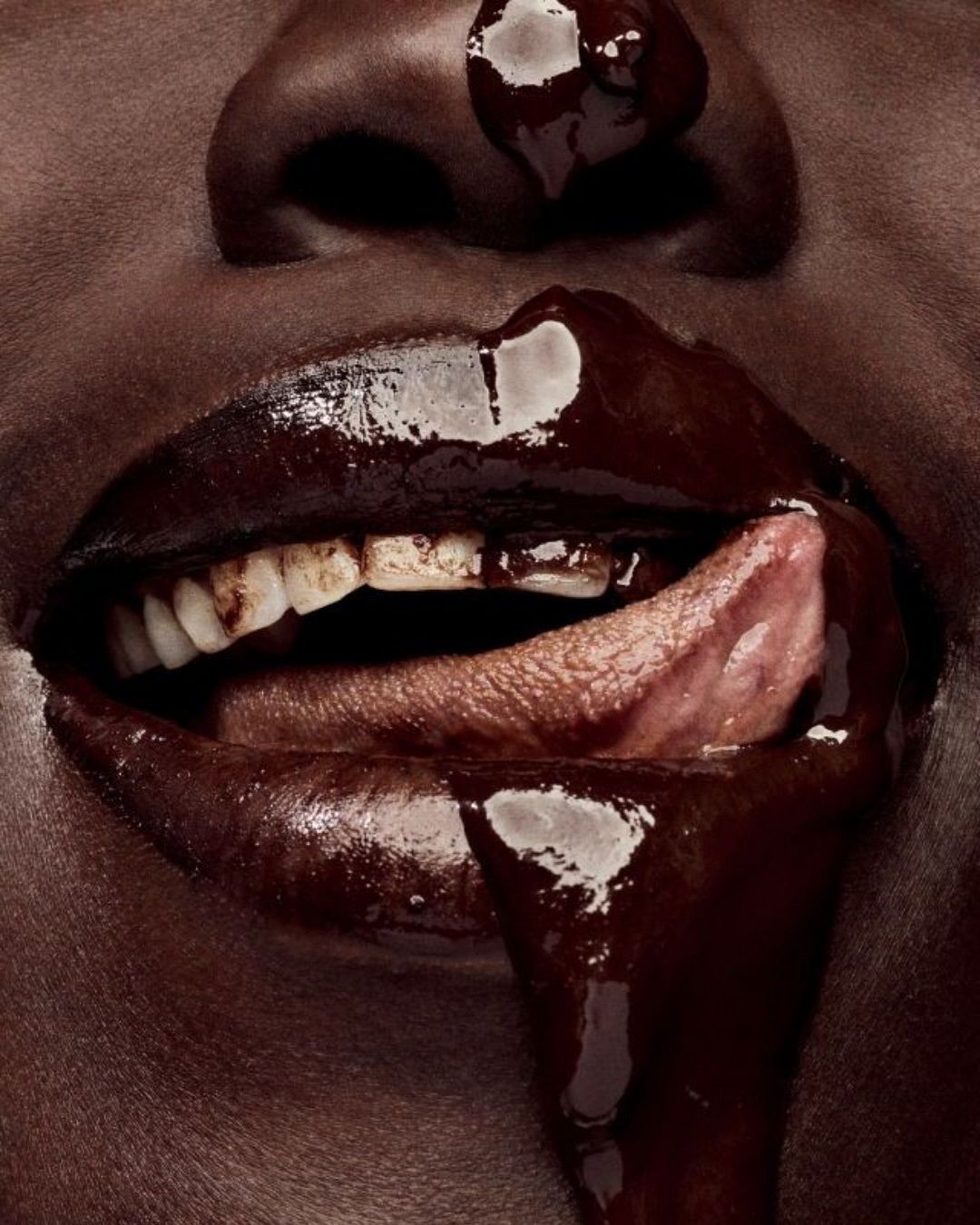
Can the Hopecore help us overcome the 'bad world syndrome'? The era of hopecore against the culture of fear in the media
How often do you find yourself opening social media or the "news" section of Google, only to be immediately immersed in a cascade of negative or dramatic news? If the answer is "often," there's an explanation. It's no coincidence that theories like that of sociologist Gerbner, who in 1980 focused on the study of violence representation in television fiction (especially in police dramas), are still relevant. In his essay, the American wrote about the "mean world syndrome", describing the feeling of being victims of violence and the fear of walking alone at night, common among those who spent many hours in front of the television every day. His theory of "the culture of fear" argues that the media, especially television, tend to emphasize and amplify violence and conflict, creating a climate of fear and insecurity in society. This theory is based on the idea that negative news has a greater impact on the audience and, consequently, the media tend to favor such content to attract attention and generate interest. That's why, for example, many people have chosen not to watch the news during the pandemic. The media thus have great "power," capable of influencing our moods and emotions. Web users, tired of "algorithmic bubbles" that offer only negative events, have adopted a new trend called "Hope-core", which places "positivity" at the center of its narrative.
What is viral Hopecore on social media?
What's more positive than something that brings hope? The trend with the hashtag #HopeCore is characterized by positive videos that, as some comments say, "still make us believe in humanity": a dog finding its owner, a breathtaking marriage proposal, a child beating cancer, a dance with grandparents, a daughter seeing her military father back from a mission after months. These "frames" are edited to a joyful melody and have one purpose: to remind us that there are also beautiful things in life and we don't have to remain trapped in the "culture of fear".
Why did we need it?
#Hopecore content boasts over 8 million likes, these data are emblematic of the need expressed by Gen Z, namely to reconnect with their selves and with those healthy and precious childhood memories that often seem buried in our memory. The descriptions we see in the videos indeed refer to this semantic sphere, such as: "life is beautiful", "find the good" or even "life is about moments".
This leads us to reflect on the fact that behind seemingly banal things lie the greatest truths. Kurt Vonnegut knew this well, one of the most important American storytellers, to whom the volume was dedicated: "when you are happy, take notice," containing 15 of his most famous speeches addressed to young people. The author doesn't suggest constant pursuit of that unattainable happiness, but rather to stop, as if we were taking a photo of a small moment, a frame of joy that lasts a few moments, but to which we often give too little weight. All this is translated today on social media, in a more conscious way. An excellent example can be found in the profile of the content creator Sotce, who commits every day to spread motivational messages to her followers.
At the core of her format are themes such as meditation, self-care, and the law of attraction. Only with these tools, Vonnegut points out, could we truly recognize what makes us happy and give it the time, space, and attention it deserves. What do you think? Do you also believe that there should be a balance in the distribution of news and that this trend can improve the media agenda?
























































